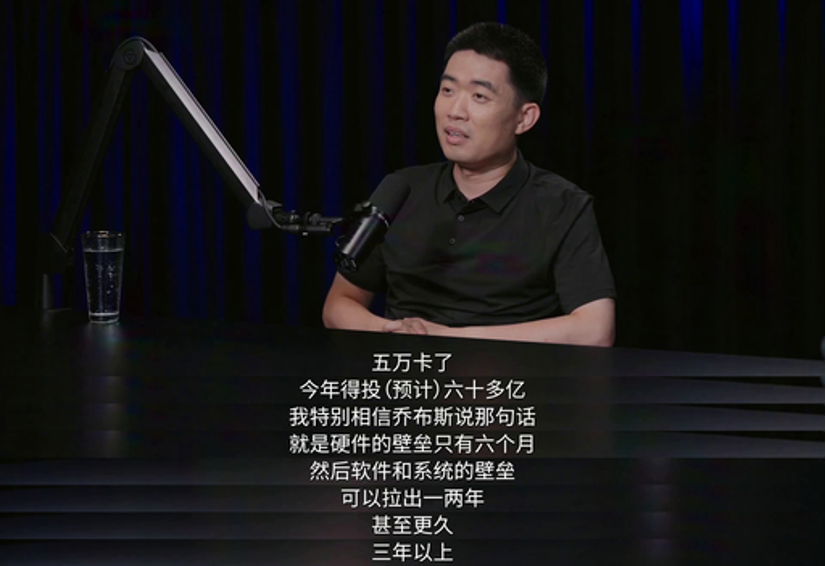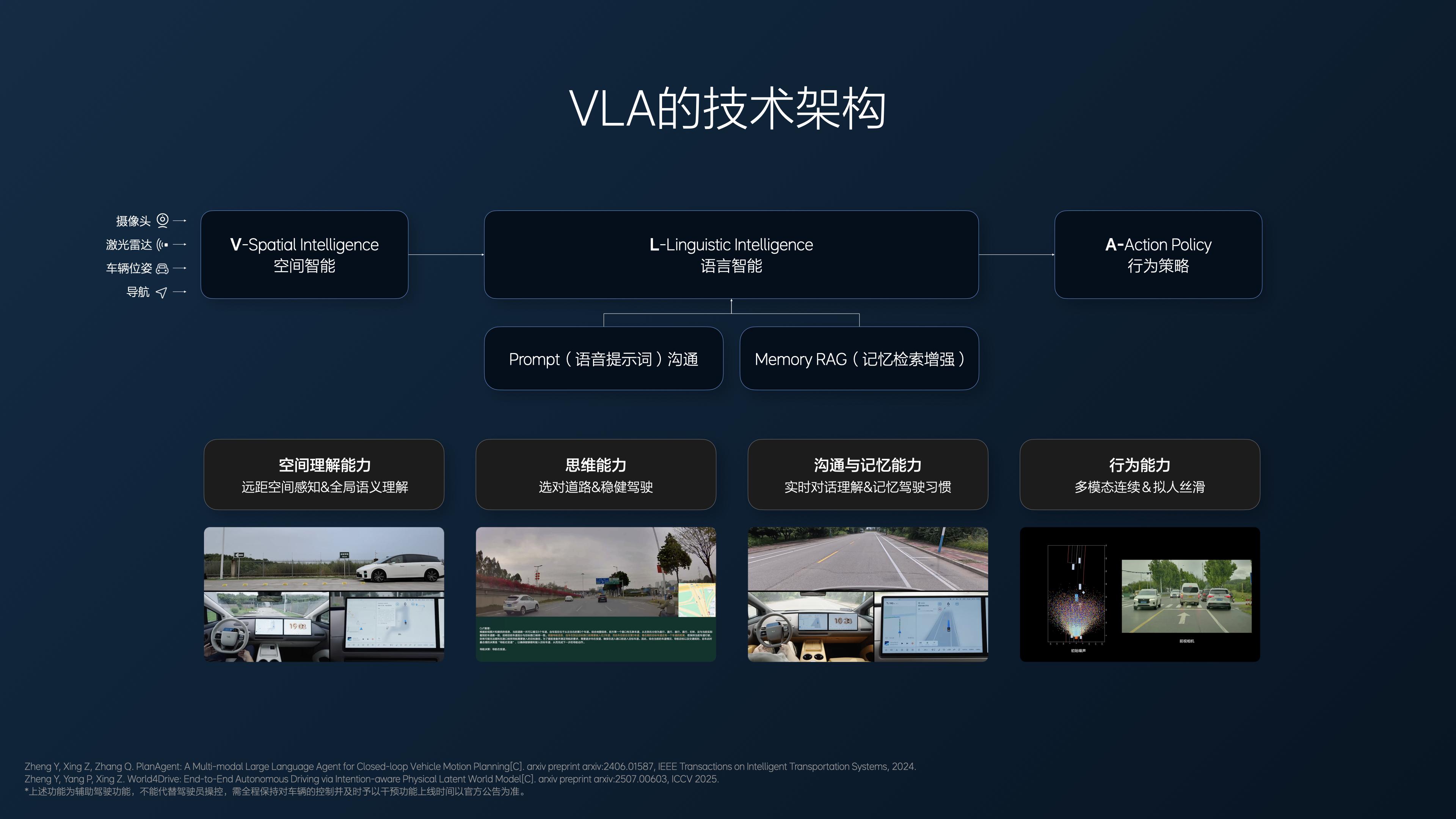
Competition in China's new energy vehicle market will intensify by 2025, with disorderly competition such as price cutting and excessive marketing further squeezing industry profits. In the first quarter of this year, the automotive industry's profit margin fell below 4%, with an increasing number of companies upstream and downstream of the industry chain experiencing operating losses. Furthermore, the influx of similar products on the market in recent years has placed higher demands on automotive companies' innovation capabilities. Against this backdrop, maintaining healthy profitability and strong self-sustaining capabilities are crucial indicators for the long-term development of automotive companies and boosting consumer confidence. On August 28, Li Auto released its second-quarter 2025 financial report. The report showed that Li Auto delivered over 111,000 vehicles in the second quarter, generating quarterly revenue of 30.2 billion yuan. Quarterly net profit reached 1.1 billion yuan, marking its 11th consecutive quarter of profitability. More importantly, Li Auto achieved significant growth in operating profit, a 204.4% increase month-over-month to 827 million yuan, indicating that sales and service alone can generate substantial profits for the company.

In 2023, Li Auto achieved its first full-year profit thanks to the explosive success of the Li Auto L series. To date, Li Auto's profit streak remains unbroken, having achieved profitability for 11 consecutive quarters, making it one of the very few emerging automakers to achieve stable profitability. While many emerging automakers are still anxious about their short-term survival, Li Auto has taken the lead in identifying new growth drivers and building long-term competitiveness that can withstand industry cycles.
Embrace AI and open up new growth points
Looking to the future, Ideal Auto has chosen to invest heavily in AI, viewing it as a key tool for improving organizational efficiency and product experience. In the second quarter, Ideal Auto's R&D expenses reached 2.8 billion yuan, and its cumulative R&D expenses in the first half of the year reached 5.3 billion yuan. In 2024, Ideal Auto's annual R&D investment will be 11.1 billion yuan, of which nearly 50% will be invested in AI technology research and development. In 2025, Ideal Auto expects to continue or even increase this proportion, with an annual investment of 12 billion yuan, and AI research and development exceeding 6 billion yuan, of which 45% will be invested in the infrastructure of artificial intelligence, including basic models, inference chips, operating systems, terminal computing power, and cloud computing power; the other 55% will be invested in the research and development of artificial intelligence product technologies, including VLA large models, Ideal Classmate intelligent bodies, smart cockpits, and other aspects.

On July 29th, the day the Ideal i8 was released, Ideal unveiled the world's first VLA driver assistance technology and became the first automaker to deploy the VLA driver model on the Thor-U chip. Ideal explained that the VLA driver model will provide a "personal driver"-like human-machine interaction experience, equipped with the ability to think, communicate, remember, and learn autonomously. It can understand users' spoken language and remember their driving preferences. Ideal has also evolved from an intelligent voice assistant to an "Ideal Classmate Intelligent Body," allowing users to create dedicated apps and automatically pay bills using the car's exterior camera with a single sentence. This AI model successfully breaks the boundaries of traditional car-machine interaction, bringing a more emotional and welcoming touch to the cabin.
Regarding hardware infrastructure, the progress of Ideal Auto's self-developed chips has attracted considerable attention. According to media reports, Ideal Auto's self-developed chips represent a significant investment, with a multi-billion dollar budget. Ideal Auto's self-developed intelligent driving chip, the M100, demonstrates excellent performance when handling specific computing tasks. Samples of the M100 were returned in the first quarter of this year, and mass production is expected next year. Based on known information, it's not difficult to predict that the M100 chip will provide lower latency and enhanced performance for VLA assisted driving.

Behind the continued increase in R&D investment is the powerful impact AI has demonstrated on driving product sales and improving organizational efficiency. Ideal Auto believes that the end-to-end + VLM (Vision Language Model) assisted driving system, released in 2024, will be the company's first use of AI for assisted driving, marking the transition from the manual to the artificial intelligence era. It is reported that after the full rollout of end-to-end + VLM assisted driving, the product sales structure has shifted more towards high-value-added AD Max models. Last year, the sales share of AD Max models increased by 30%, and AD Max sales of models priced over 300,000 yuan once exceeded 75%. With continued investment, Ideal Auto's AI capabilities have reached industry-leading levels. As a leading emerging automaker, Ideal will accelerate the industry's embrace of AI and achieve innovation-driven value chain upgrades.
Pure electric products break the rules
This year, Ideal Auto entered the new pure electric SUV market, aiming to expand its product portfolio and broaden its market share. For pure electric SUVs, Ideal Auto, again prioritizing user needs, achieved innovative product definition and technological breakthroughs. Since its unveiling, the Ideal i8 has been widely discussed, with some focusing on its disruptive styling. Reportedly, the Ideal i8's unique design follows the same path Ideal previously pursued with extended-range electric technology: to address user range anxiety. The Ideal i8's design results in a drag coefficient as low as 0.218, increasing its CLTC range by 30.8 kilometers.
Behind the Ideal i8 lies a breakthrough in Ideal Auto's electrification technology. Ideal Auto's three core technologies—in-house developed silicon carbide power chips, in-house developed and manufactured silicon carbide power modules, and a new generation of electric drive assemblies—are applied to the Ideal i8 and subsequent all-electric products. These technologies help reduce electromagnetic noise in the electric drive system, improve power performance, and increase vehicle space utilization. From power chips to electric drive assemblies, Ideal Auto has completed its electric drive industrialization layout, establishing an end-to-end, fully self-developed and manufactured chain.

In addition to improving the battery life and charging capabilities of its products, Ideal Auto has also invested heavily in charging stations. Leveraging its robust cash reserves, Ideal Auto has established the largest supercharging network among automakers in China, providing guaranteed recharging for all-electric vehicle users. To date, Ideal Auto has opened and operated 3,100 Ideal Supercharging Stations, equipped with over 17,000 Ideal Supercharging piles. Of these, 1,000 are high-speed Supercharging Stations, covering 18 of China's busiest "Nine Vertical and Nine Horizontal" expressways, with an average of one station every 150 kilometers. Furthermore, there are over 2,000 urban Supercharging Stations, providing an average 3-kilometer radius of coverage in first- and second-tier cities.
Amidst intensifying industry competition and pressured profit margins, Ideal Auto, with 11 consecutive quarters of robust profitability and industry-leading R&D investment, has demonstrated not only its exceptional self-sustaining capabilities but also its strategic foresight in navigating cyclical growth through technological innovation. Its embrace of AI, its deployment of pure electric technology, and its Supercharging network have elevated the competitive dimension from a purely price-focused competition to a value-focused one. As short-term price competition becomes increasingly ineffective, only by building a competitive moat centered on innovation can the industry truly enter a new phase. This represents not only Ideal's future but also the path for China's new energy vehicle industry to transition from scale expansion to high-quality growth.


